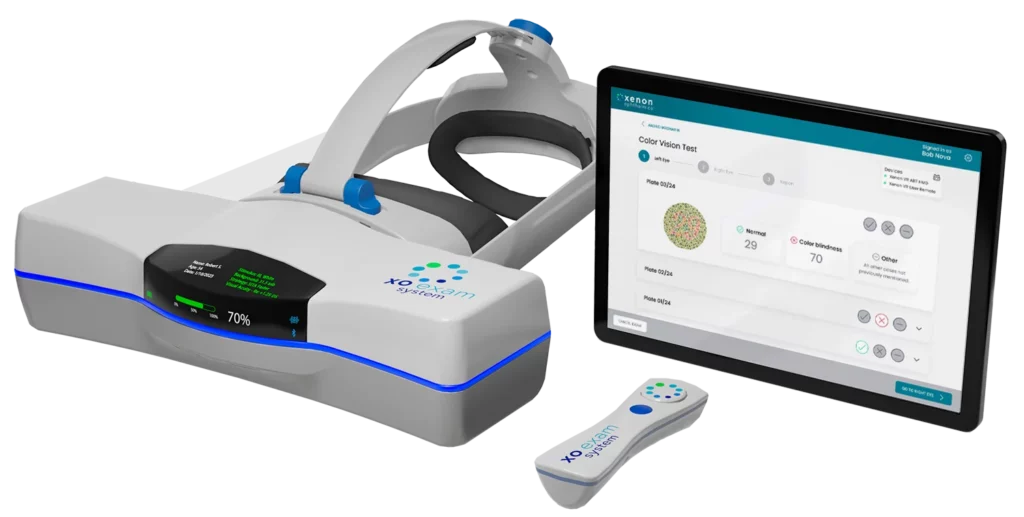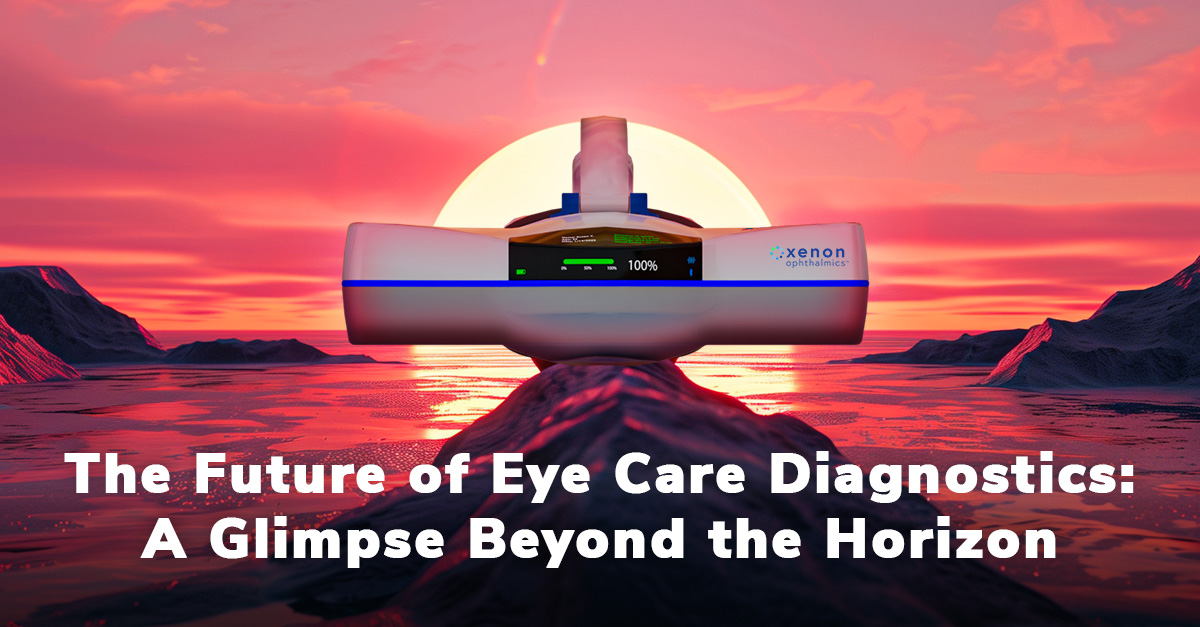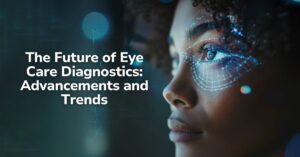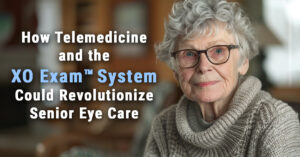Let’s delve into the fascinating world of emerging trends shaping the future of eye care diagnostics.
Artificial Intelligence: The Eye in the Machine
Artificial intelligence (AI) is poised to play a transformative role in future eye care diagnostics. AI algorithms can analyze vast amounts of medical data, including retinal images, optical coherence tomography (OCT) scans, and electronic health records, to identify patterns and abnormalities associated with various eye diseases. This significant advancement has the potential to:
- Improve Accuracy and Early Detection: AI can analyze complex data patterns with a level of precision that surpasses even the most experienced human eye care professional. This intensified scrutiny can lead to earlier and more accurate detection of eye diseases like diabetic retinopathy and glaucoma, allowing for timely intervention and better patient outcomes.
- Reduce Subjectivity and Bias: Human diagnosis is inherently subjective, and bias can sometimes creep in. AI-powered systems, on the other hand, rely on objective data analysis, minimizing subjectivity and bias in diagnosis.
- Streamline Workflows and Assist Practitioners: AI can automate routine tasks such as image analysis, allowing eye care professionals to focus on patient interaction and more complex clinical decision-making.
However, challenges remain. Integrating AI effectively into existing workflows, ensuring data privacy and security, and addressing ethical concerns regarding reliance on AI are all crucial considerations as the technology continues to evolve.
Wearable Technology: Keeping an Eye on Your Health From Your Wrist
Wearable technology like smartwatches and smart glasses is rapidly becoming an extension of ourselves. The future of eye care diagnostics may very well include these wearable devices playing a significant role. Here are some exciting possibilities:
- Continuous Intraocular Pressure (IOP) Monitoring: Glaucoma, a leading cause of blindness, is often associated with elevated IOP. Wearable devices could continuously monitor IOP, enabling early detection of potential problems and allowing for proactive management of the disease.
- Tear Film Analysis: Dry eye syndrome is a common and often disruptive condition. Wearable sensors could be integrated into smart glasses to analyze tear film composition, offering real-time feedback on tear quality and facilitating personalized treatment strategies.
While the potential for wearables in eye care diagnostics is significant, overcoming challenges regarding battery life, user comfort, and data security will be crucial for their widespread adoption.
Smartphone-Based Eye Tests: Putting the Power in Your Pocket
Smartphones are ubiquitous, and their cameras have become increasingly sophisticated. This opportunity opens exciting possibilities for smartphone-based eye tests. Apps utilizing smartphone cameras could be developed to conduct the following:
- Visual Acuity Testing: These apps could use standardized letter charts displayed on the phone screen to assess visual acuity, potentially making basic vision screening more accessible.
- Color Vision Testing: Apps could present Ishihara color plates or similar color vision tests, allowing for quick and convenient screening for color deficiencies.
The affordability and accessibility of smartphones make this technology particularly promising for expanding access to basic eye care in underserved communities. However, concerns regarding the accuracy and reliability of these apps compared to traditional methods need to be addressed.
Looking Forward: A Future of Collaboration and Personalized Care
The future of eye care diagnostics is not about replacing existing technologies or human expertise. Instead, it’s about harnessing the power of these advancements to create a future of collaboration between technology and healthcare professionals. AI algorithms can assist with analysis, wearables can provide continuous monitoring, and smartphone apps can offer convenient screening tools.
Ultimately, it’s the eye care professional who interprets these data points, combines them with patient history and physical examination findings, and makes informed decisions for optimal patient care.
This future also holds immense promise for personalized care. By analyzing genetic information, lifestyle factors, and individual eye health data collected through various technologies, healthcare professionals can develop personalized treatment strategies and risk management plans for each patient.
The journey towards a future of advanced eye care diagnostics is already underway. By embracing these advancements and working towards seamless integration with existing practices, we can create a world where vision loss is prevented, diagnosed earlier, and managed more effectively, ensuring a brighter future for all.
A Comprehensive Approach to Providing Greater Access to Vision Care While Increasing the Quality of the Care Provided

XO Exam™ System
The XO Exam™ System includes diagnostic features of traditional ophthalmic devices like phoropters, autorefractors, and visual field units.



